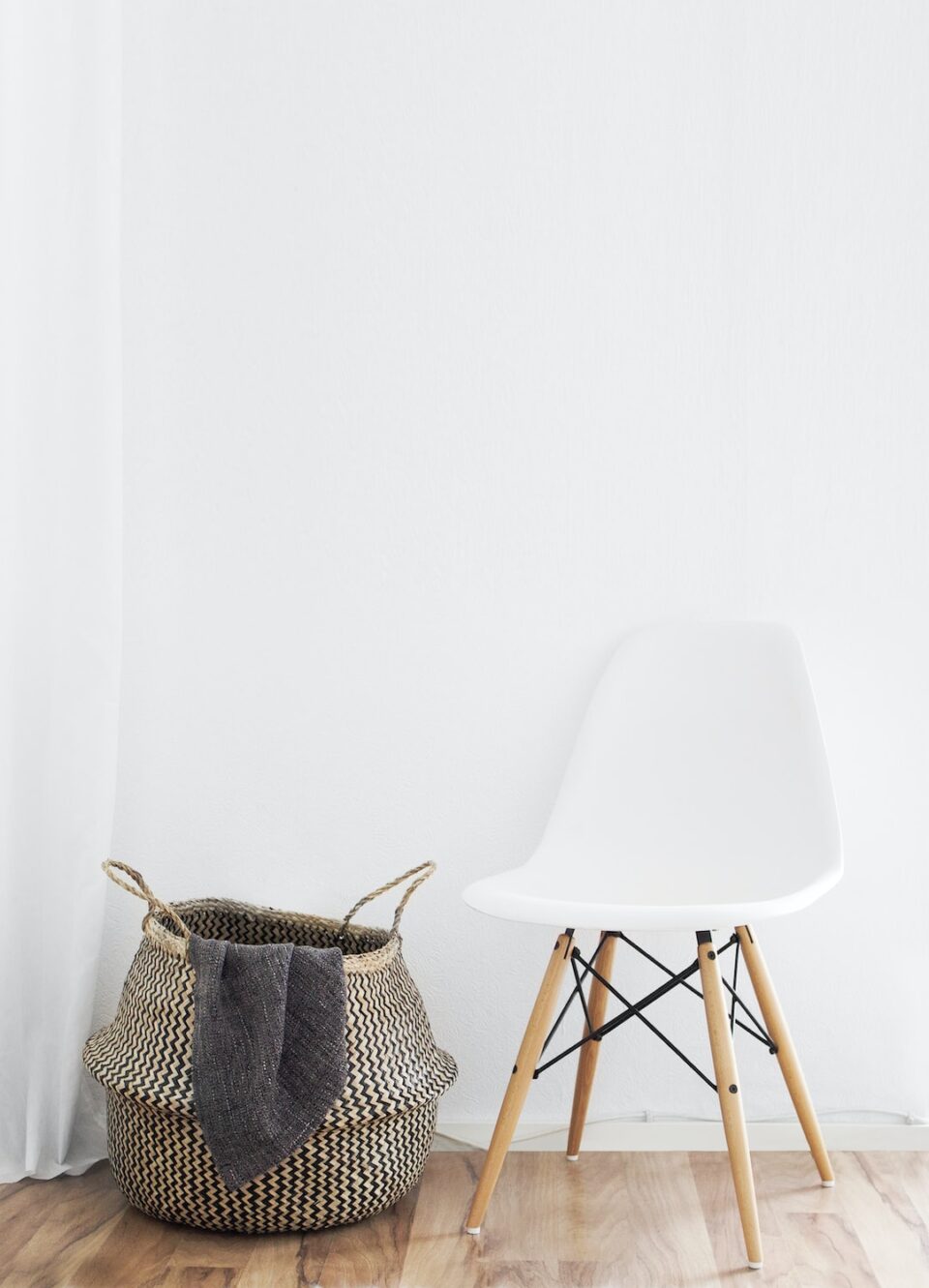When it comes to interior design, one trend that is continuously gaining popularity is the art of mixing patterns and textures. Breaking away from the traditional notion of sticking to one pattern or texture per room, this approach allows for a more dynamic and visually stimulating space. By skillfully blending different patterns and textures, designers can create unique and personalized settings that reflect the homeowner’s style and taste. Adding blinds, an essential element of window treatments, can further enhance this artful combination.
The key to successfully mixing patterns and textures lies in finding the right balance. While the idea of layering various prints and materials may seem overwhelming, a well-executed combination can create a harmonious and inviting atmosphere. The first step in achieving this is by understanding the concept of scale. Combining patterns of different scales, such as a large floral print with a small geometric one, adds depth and visual interest to a space. This can be achieved by incorporating blinds into the design, as they offer an opportunity to play with pattern and texture while serving a functional purpose.
Blinds, available in a wide range of materials and styles, can be a versatile addition to any room. For example, wooden blinds can bring warmth and texture to a space, while sleek metal blinds can add a modern and industrial touch. By choosing blinds with interesting patterns, such as those with delicate floral prints or bold graphic designs, they can serve as a focal point and elevate the overall aesthetic of the room. Moreover, blinds offer flexibility in terms of light control, privacy, and insulation, making them a practical choice for any interior.
When incorporating blinds into a mixed pattern and texture scheme, it is crucial to consider the color palette. To create a cohesive look, designers often opt for a neutral or monochromatic base and then introduce pops of color with accents, furniture, and window treatments. Blinds can be used as a way to either blend in or stand out, depending on the desired effect. For example, in a room with bold-patterned wallpaper, selecting blinds in a coordinating color can create a visually unified space. On the other hand, using blinds in a contrasting color can add an unexpected element and make them a statement piece.
In conclusion, the art of mixing patterns and textures in interior design offers a delightful way to express personal style and create visually engaging spaces. Blinds, with their ability to contribute to the mix of patterns and textures, are an excellent addition to this design approach. By carefully selecting blinds that complement the existing patterns and manipulate the textures, homeowners can transform their spaces into stunning and unique reflections of their individuality. So, get creative and embrace the art of mixing patterns and textures, and don’t forget to include blinds to add that perfect finishing touch.

